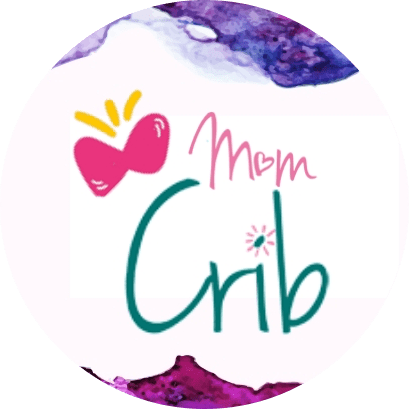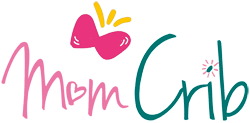When it comes to keeping your baby safe, sterilizing your baby bottles can go a long way towards making sure that they stay happy and healthy! Below, you’ll find the things you need to sterilize reusable bottles, as well as a quick summary of how to get the job done.
Things You’ll Need
There are lots of ways to sterilize a bottle, but the most basic way boils down to, well, boiling! In order to completely clean your baby bottles, you’ll need:
- A large pot: make sure that the pot you use is big enough to fit the bottle, lid, and teat that you’re sterilizing, so that the water can completely cover the baby bottle and any attached accessories
- Filtered water: you can always use plain tap water, but if you want a perfect sterilization, filtered water is going to remove that extra 0.01% of impurities
- Cold-sterilization chemicals (optional): you can buy sterilization chemicals in powder, liquid, or tablet form, but keep in mind that these are often harsh chemicals that will require you to wash off your baby bottle before using it again. If you’re using this process, skip all the way to Step 6 on the list below!
How to Sterilize Baby Bottles
As mentioned above, if you’re wondering how to sterilize baby bottles, there are many more complicated methods, but boiling is the simplest, easiest, and most cost-effective way to make sure that your baby’s bottles are safe.
1. Wash Your Hands
Wash your hands! This may seem like a no-brainer, but if you’re going to be getting all the germs off your baby bottles, it’s crucial to make sure that your own hands are clean before, during, and after the entire process.
2. Put the Bottles in a Pot
Put the bottles in the pot and fill it with water. As you fill the pot, make sure that there are no air bubbles trapped inside the bottles or lids, and that every piece of equipment in the pot is completely submerged.
3. Boil the Water
Bring the water to a rolling boil and then leave it on the burner for around ten minutes, until all of the impurities have been boiled away from your baby’s bottles. You may want to avoid using a lid on the pot, as the risk of boiling over can get pretty high during this stage!
4. Remove Pot from Heat
Remove the pot from the burner. Especially if you’re using plastic bottles, leaving them on the burner can increase the risk of the bottle warping or melting slightly, which will prevent you from being able to use them in the future.
5. Wait for the Bottles to Cool
Wait for the water to cool completely before you remove the bottles. Obviously, if the water was boiling just a few moments ago, you may have to wait a couple minutes before you put the bottles to use.
If you are sanitizing the bottles just before feeding your baby, you can take the bottles out of the water and use them as soon as you are satisfied that they are cool enough. If you’re sterilizing after use, place the bottles in a clean, airtight container and store them in a dry, cool place until you need them!
6. (Optional) Chemical Cold-Sterilization
If you’re using cold-sterilization chemicals, don’t boil the water. Simply submerge your bottles, add the chemicals, let them sit for around thirty minutes, and then wash the bottles, caps, and teats with warm, soapy water before use!
7. (Optional) Use a Baby Bottle Sterilizer
If you’d rather skip all the previous steps and just shoot straight, get a baby bottle sterilizer which is basically a baby bottle boiler that does the work for you. See the best baby bottle sterilizers available on our separate article on this.
Conclusion
When wondering how to sterilize baby bottles in a quick, cost-effective way that doesn’t require a lot of harsh chemicals, boiling the bottle is a tried and true method. If you have any tips or advice for other parents, let us know in the comments!

The Mom Crib editorial team takes care that past articles are up to date in terms of the best baby products. We scour Amazon to find the products that are missing from our reviews and replace them. We also edit our blogger’s articles and make sure that everything is nice and neat, as their amazing posts deserve! Stay in touch with us by following our social media accounts.
